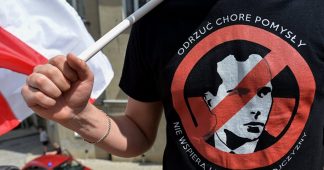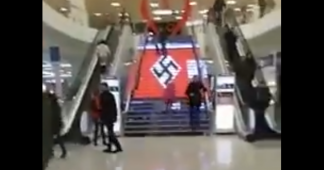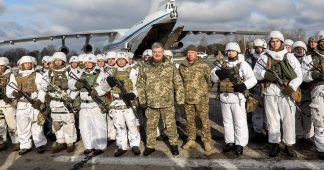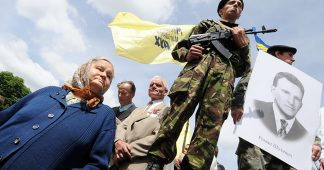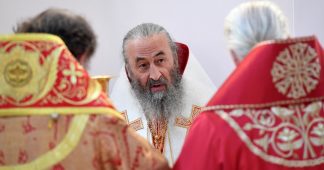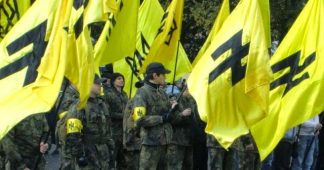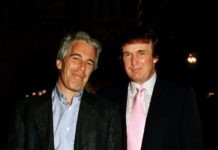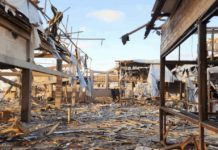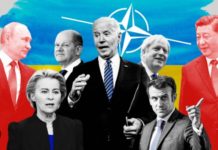5 Sep, 2019
A recent festival in Kiev proudly displayed Nazi symbols and even advertised ‘White Pride’ – yet received almost no attention from Western media, who still steadfastly pretend there are no Nazis in Ukraine, neo- or otherwise.
Officially, the ‘Young Flame’ festival celebrated Ukrainian “traditions” such as martial arts, shooting and horseback riding. The event’s website (now deleted), indicated something far more sinister than another get together popularizing a healthy lifestyle.
It features one promotional video of men marching with torches that would “kindle the flames of righteous anger that will burn until dawn.”
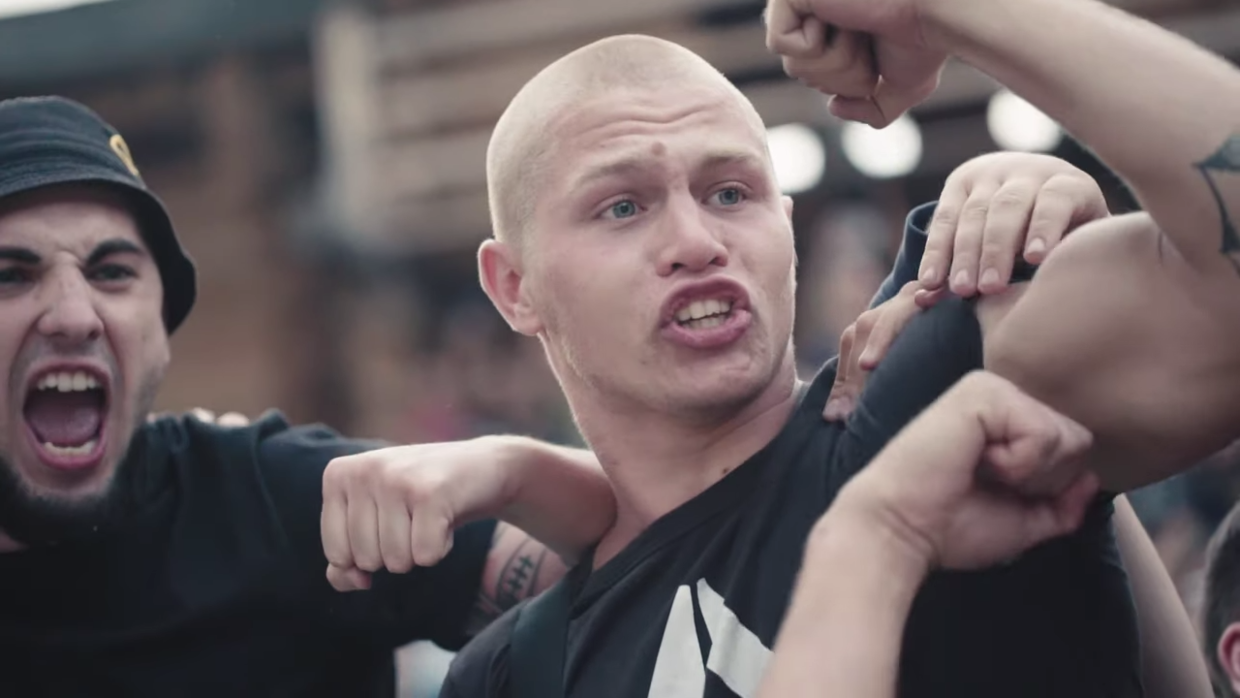
"White Power", "Hass", "Sieg", "Ehre" on a giant screen. That's "Young Flame" fest thrown by far-right Azov movement on August 31st close to Kyiv, Ukraine. Such signals are also meant for – heard & understood by – white nationalists outside of Ukraine https://t.co/1LLG0hOmnK pic.twitter.com/zhIZlAvsMP
— Oleksiy Kuzmenko (@kooleksiy) September 2, 2019
It was organized by the Azov Regiment, a one-time “volunteer battalion” that became notorious during the civil war in Ukraine’s east, and is now part of the country’s National Guard.
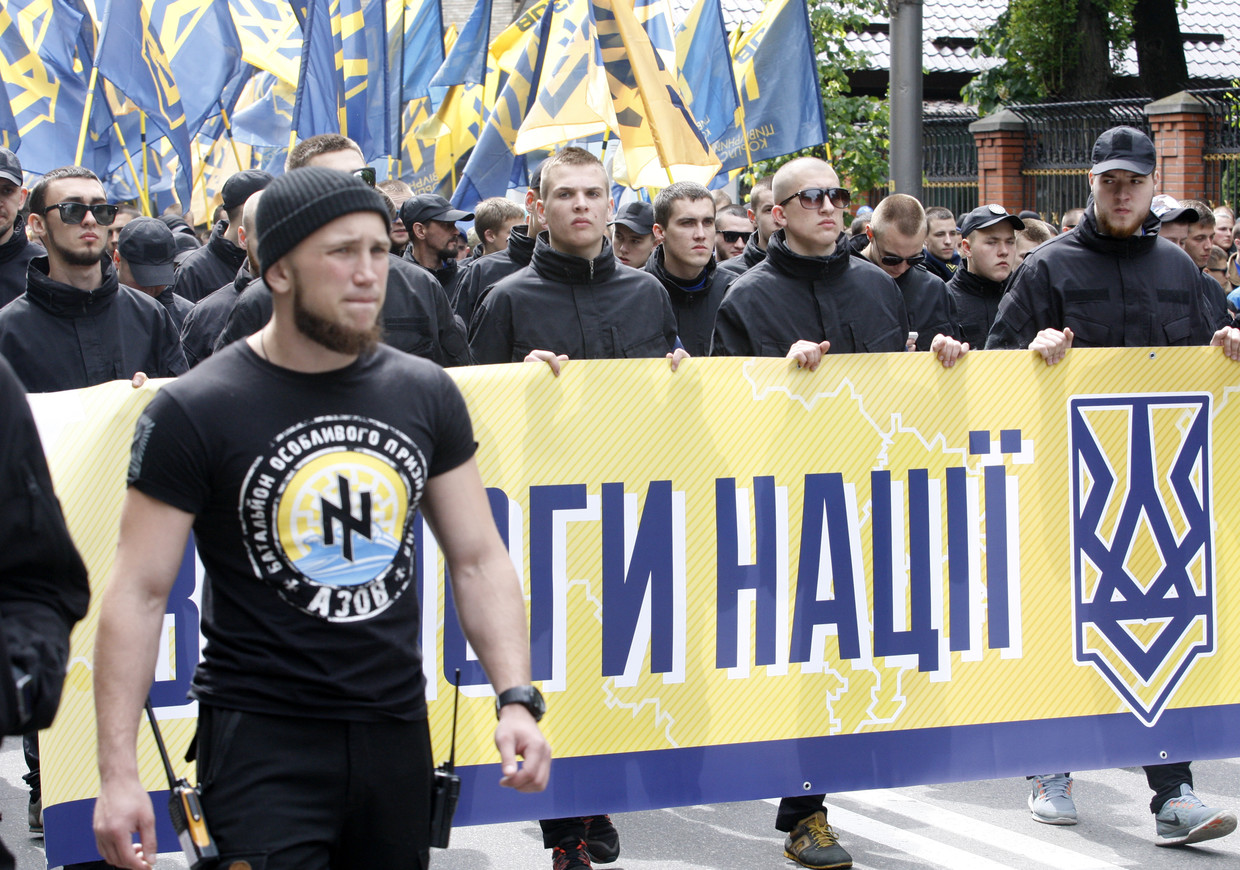
Azov’s logo is the “Wolfsangel” rune used by the 2nd SS Panzer Division ‘Das Reich’ in WWII.
Their leader, Andriy Biletsky, once said that Ukraine’s purpose was to “lead the White Races of the world in a final crusade” against the “Semite-led Untermenschen.”
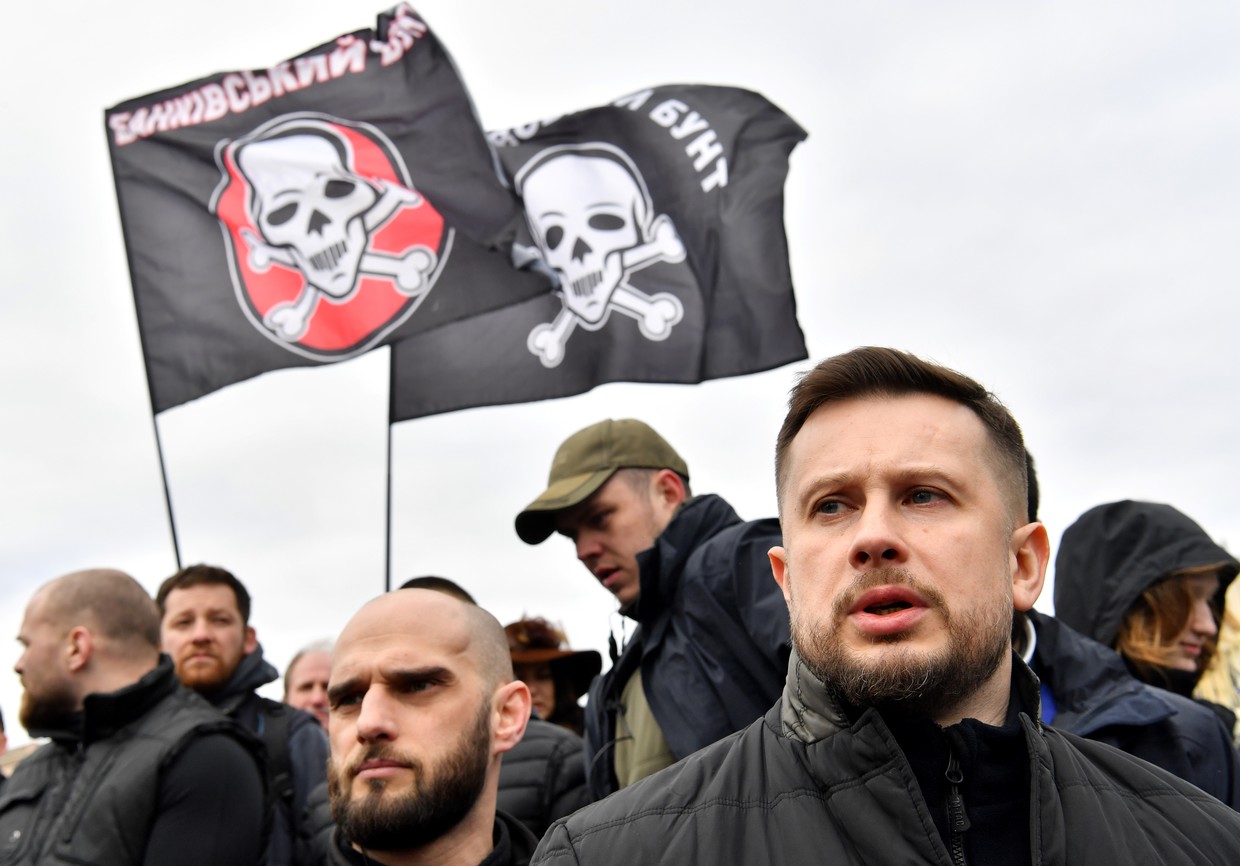
During the summer of 2014, they fought under the command of Andriy Parubiy, founder of the Social-National Party of Ukraine (whose logo was also the Wolfsangel) and co-founder with Biletsky of Patriot of Ukraine. Parubiy led the armed faction of Maidan protesters that had carried out a coup in Kiev in February 2014. He was rewarded for failure in the war by becoming the chair of the Ukrainian Rada for three years.
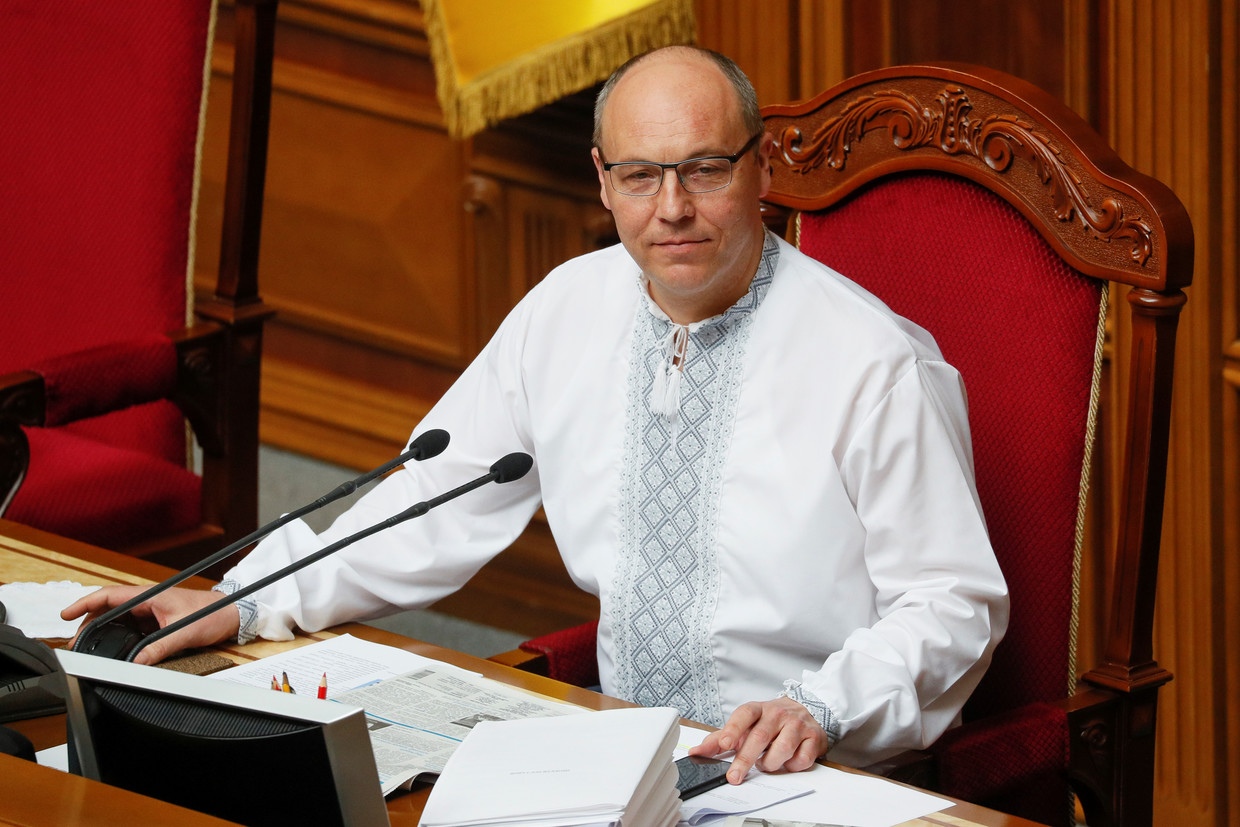
Where’s the government?
That might be a clue as to why the government in Kiev hasn’t done anything to curb these overt Nazi displays. The ultra-nationalists brought Petro Poroshenko to power in the first place, and he was not inclined to go against them. Indeed, he embraced their cult of Stepan Bandera, the WWII leader of Ukrainian nationalists.

Though Bandera’s followers collaborated with the Nazis and murdered tens of thousands of Poles and Jews, modern Ukrainian nationalists claim the alliance was “forced” and that he was first and foremost fighting the hated Russian Communists, which makes him a national hero. Bandera’s birthday, January 1, became an official Ukrainian holiday this year. Since 2015, it has been celebrated with torchlight parades through downtown Kiev.
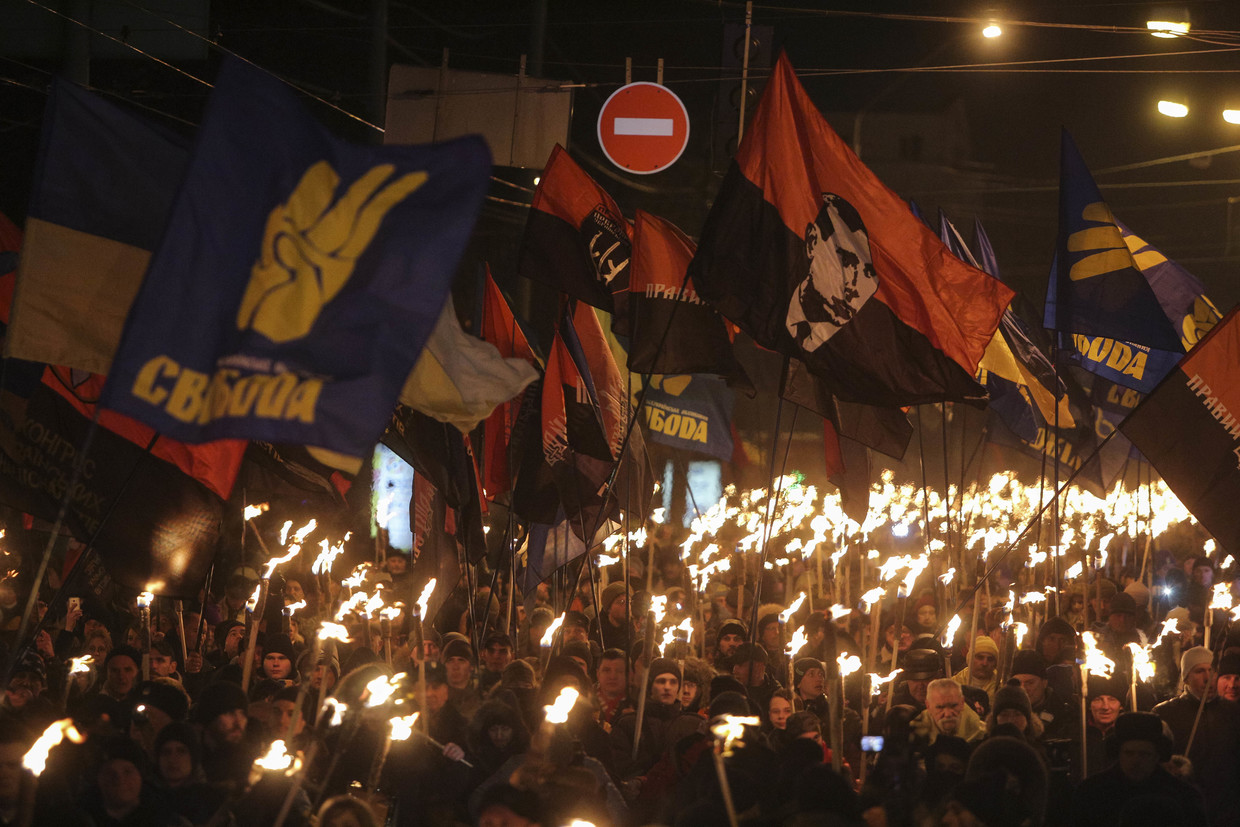
Ukrainian courts have also sided with the radicals over the general public and even their own media.
When the Kiev-based Hromadske news outlet – itself a major player in the 2013 protests that led to the coup – referred to the ultra-nationalist group C14 as “neo-Nazis” last year, C14 sued for defamation and the court ruled in their favor. Hromadske had to pay a fine. Human Rights Watch complained, but the verdict stood
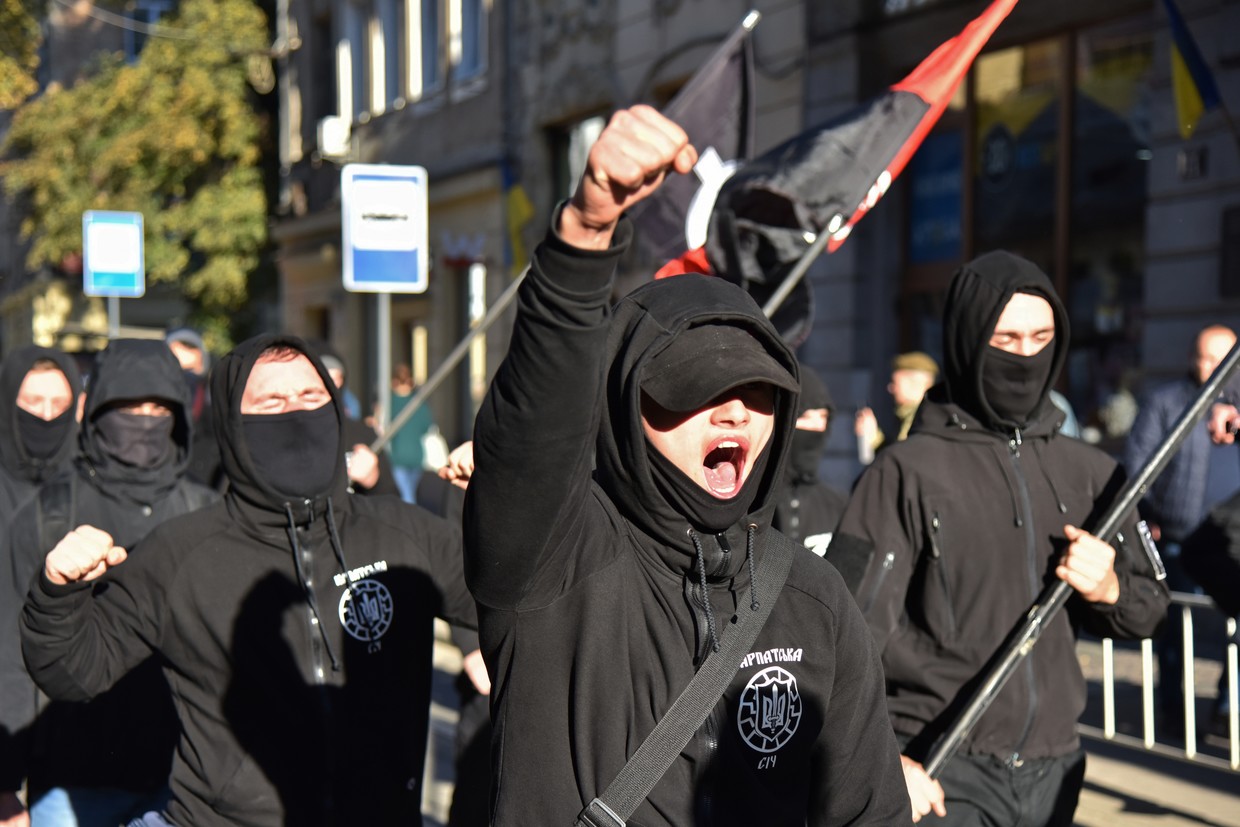
Yet the very name of C14 is a direct reference to the “14 words” of US white nationalist David Lane, and the group celebrated Hitler’s birthday in 2018 by destroying a Roma camp in Kiev and chasing its terrified residents, including children, through the streets.
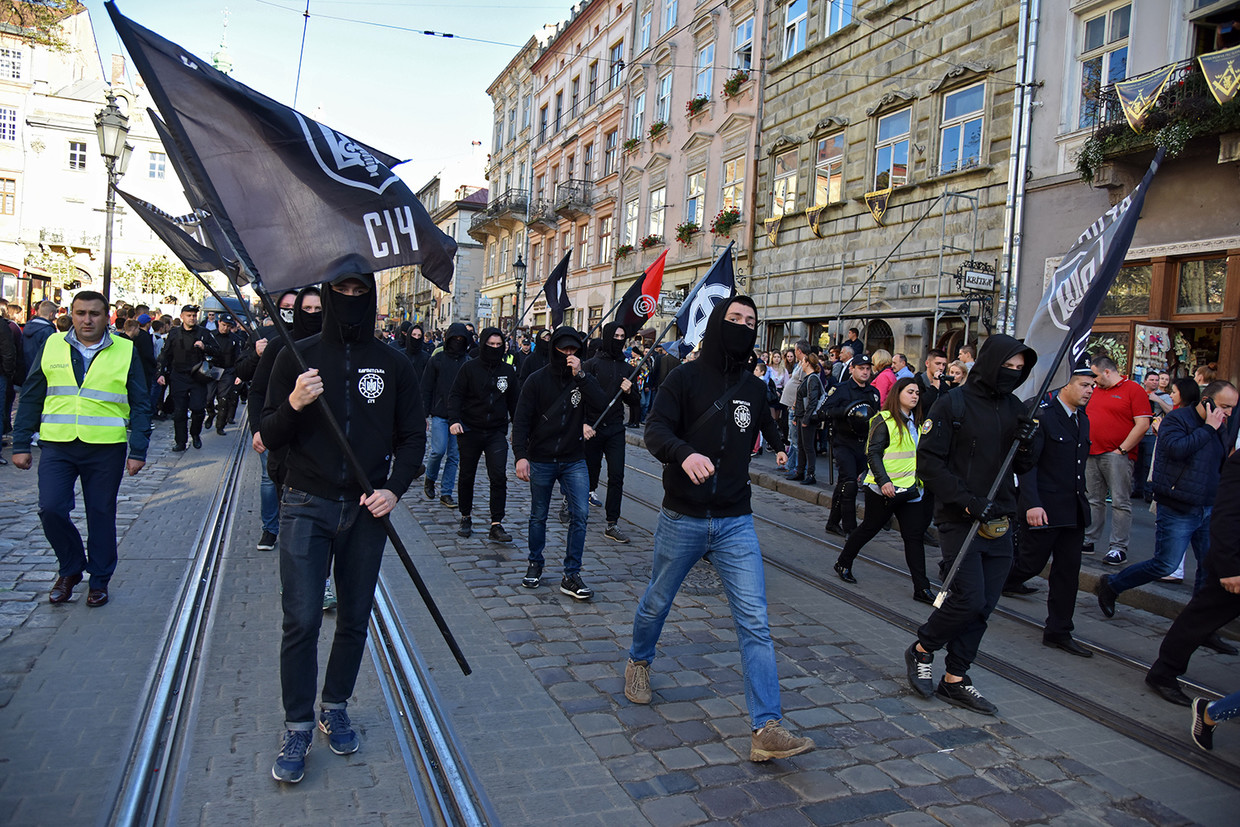
What did the government do? It gave C14 public funding to run “national-patriotic education projects” at youth summer camps. Moreover, this happened under Ukraine’s first-ever Jewish prime minister, Volodymyr Groysman.
Media look the other way
Western media have kept mostly silent about the role of neo- and classical Nazi groups in the Maidan and the war in Eastern Ukraine, choosing to airbrush them out of the narrative about “Russian aggression” they have created.
Kyiv Post’s editor, Matt Kupfer, makes last ditch effort to minimize neo-Nazism in Ukraine. Not 1 of his followers can defend him (we will debate them all).
Kupfer doesn’t even use the word “Neo-Nazi” even when photos show Ukraine’s police and security forces hold “Nazi” views. pic.twitter.com/CY5eJJRDnK
— Ukraine Anti-Corruption (@UkraineLiberty) September 4, 2019
It is only recently, over the past year or so, that Western outlets including Reuters, NBC, the Guardian, RFE/RL and others, have begun to shift their narrative and show concern.
“Ukraine really does have a far-right problem, and it’s not a fiction of Kremlin propaganda. And it’s well past time to talk about it,” journalist Michael Colborne wrote last December in the Forward, a Jewish daily. He has since written about Azov using MMA as a recruiting tool, and the Nazi festival in Kiev.
New president, old policies?
Ukraine now has its first Jewish president. Volodymyr Zelensky’s surprise landslide victory over Poroshenko, earlier this year, offered a glimmer of hope that the government in Kiev might change its tune.
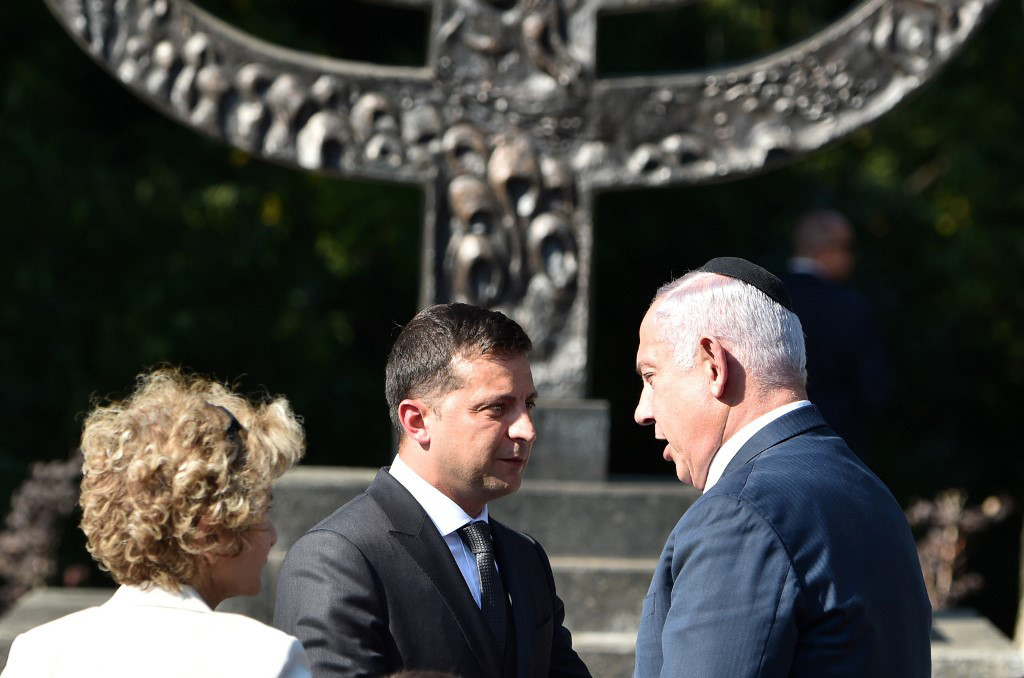
Unlike his predecessor, Zelensky is not beholden to the neo-Nazis to stay in office, having won overwhelming public support. So far, however, he has shown himself reluctant to make radical policy changes for now, preferring to mouth the same platitudes in an effort to be all things to all people.
Meanwhile, the Nazis continue to march with torches, give concerts promoting “White Power,” and poison Ukraine with their ideology of racial and national hatred.
Published at https://www.rt.com/news/468097-ukraine-nazis-media-history/
